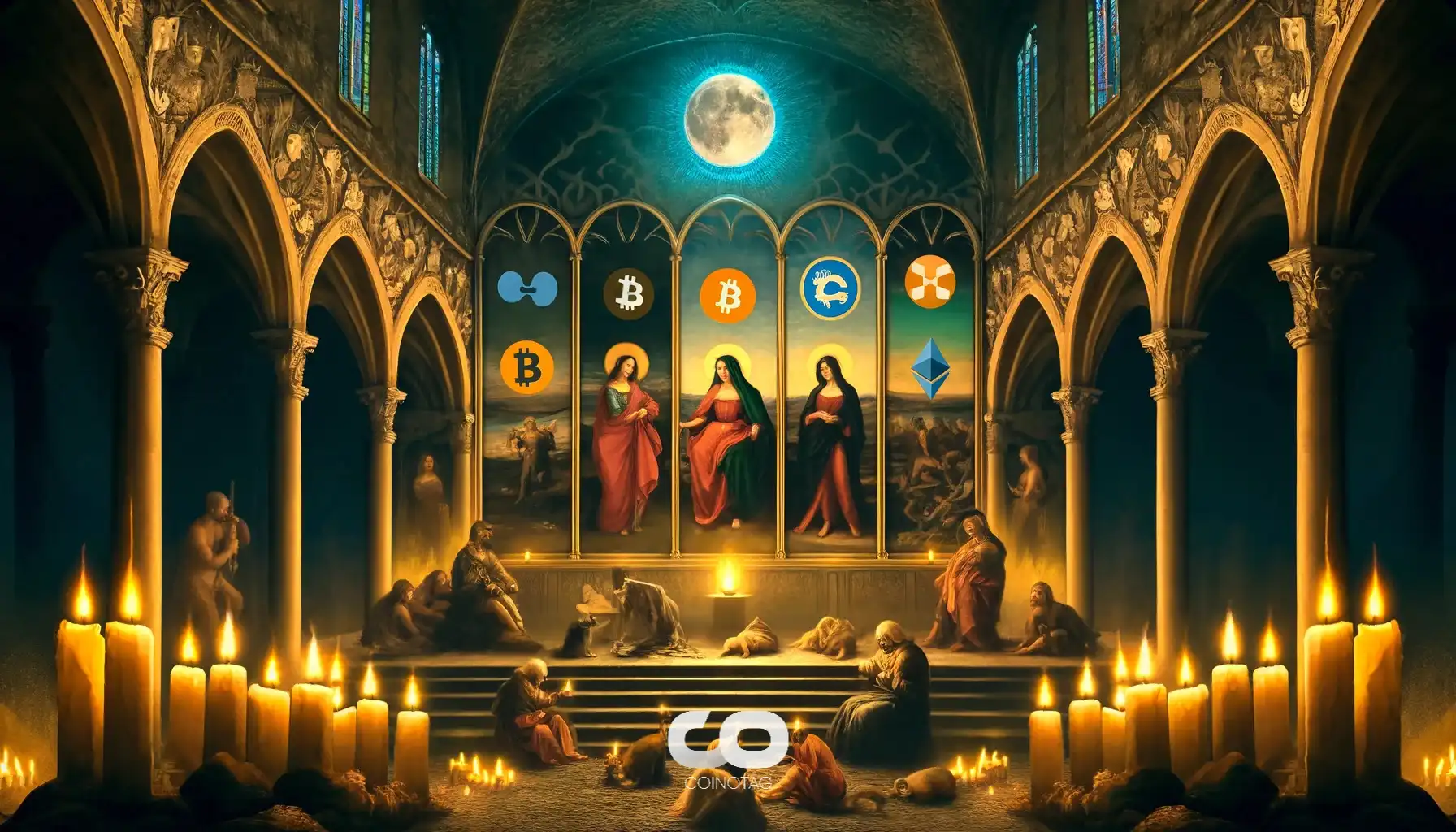Citi Says Mass Adoption of Crypto Will Be Driven by CBDCs, Tokenization
Citi says the industry is finally "approaching an inflection point" and that blockchain technology will soon see "billions of users and trillions of dollars in value."
In its latest report "Money, Tokens, and Games: Blockchain's Next Billion Users and Trillions in Value," Citi analysts suggest that the next influx of crypto adoption will be powered primarily by the rise of central bank digital currencies (CBDCs) and the tokenization of real-world assets.
CBDCs are alternatives to cryptocurrencies like Bitcoin or Ethereum. Based on current trials, CBDCs would be pegged to a fiat currency, be it the dollar or the pound, but exist digitally and be controlled by the issuing currency's central bank, such as the Fed or the Central Bank of England.
During a panel event today during the Citi Digital Money Symposium, which coincided with the report's release, the bank's future of finance lead Ronit Ghose suggested that there will be $5 trillion circulating in the economy in CBDCs "by the end of this decade."
Still, he did add the caveat that "most of it will not be blockchain-based, but some of it will have blockchain interoperability or be DLT-specific." DLT refers to distributed ledger technology, which does not necessarily include using a blockchain.
This swift adoption would be due to the myriad advantages, per the report, including an interoperable payment instrument and general enthusiasm from developing economies.
Still, there are nonetheless clear risks, notably protecting user privacy and users pulling deposits from smaller, commercial banks to move over to a CBDC.
Citi turns to tokenization
Another key driver behind mass crypto adoption will be tokenization, or bringing traditional financial assets onto the blockchain.
Citi said it "could be the killer use case" for blockchain technologies, estimating that tokenization could "grow by a factor of 80x in private markets and reach up to almost $4 trillion in value by 2030."
Efficiencies cited include disintermediation within financial markets, composability with cryptocurrencies, and ultimately a "shared 'golden-source' infrastructure" upon which different asset classes could exist on the same network.
Naturally, there are clear roadblocks on the way to this "golden" standard.
Regulatory clarity is perhaps the largest, with few jurisdictions offering a clear framework for adopting traditional assets on-chain.
There may also be pushback from those in the financial industry, reports Citi, as the disintermediation such technologies offer could render their jobs obsolete.






